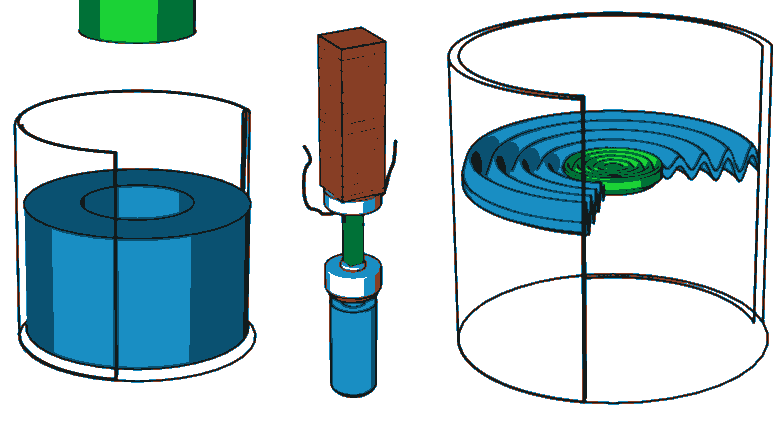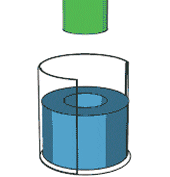
Benjamin L. Schwartz, Ziying Yin, Temel K. Yaşar, Yifei Liu, Altaf A. Khan, Allen Q. Ye, Thomas J. Royston, and Richard L. Magin, University of Illinois, USA
The mechanical properties of biologic tissue are often correlated to their relative states of health, making the ancient art of palpation, the manual pressured probing of a patient’s body, an invaluable method to detect maladies. Though inexpensive and universally applicable, noninvasive palpation is limited to the periphery of a patient’s body. A small lesion deeply embedded in tissue could be missed, and allowed to grow, reducing a patient’s chance of survival. Moreover, a doctor’s tactile sensitivity to variations in tissue stiffness is, by nature, a subjective trait, prone to error in disease detection and characterization. The broad engineering challenge is centered around the noninvasive, high resolution, characterization of soft tissues through their mechanical behavior. The complex shear modulus has received scrutiny in the literature of late as a biomarker for pathologies in magnetic resonance (MR) elastography wherein an object is perturbed with harmonic oscillations from a mechanical actuator. The displacement throughout the material is encoded in the phase of the MR signal by synchronizing the oscillation of the field from the gradient coils of the MRI scanner with the oscillatory frequency of the actuator whence the shear modulus can be estimates. Medical imaging requires phantom studies for validation. Our group has pioneered the use of geometrically focused waves in a circular cylindrical imaging phantom to conduct magnetic resonance elastography (MRE) scans over a wide range of frequencies. While previous studies have investigated simply connected bodies this work generalizes the homogenous cylindrical phantom to include a concentric cylindrical heterogeneity. With a fitting algorithm written in house, we use our mathematical analysis to do inverse modeling on this complicated structure in a frequency range of 250 Hz to 1000 Hz.
Keywords: Cylindrical waves, MR elastography, viscoelastic media.

